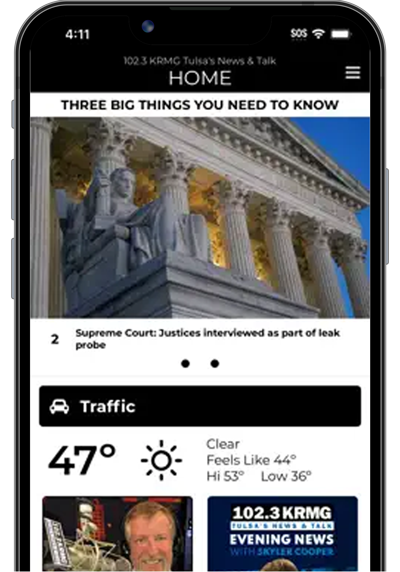A federal judge in Louisiana this week temporarily blocked the Biden administration from ending a pandemic-era public health policy that turns back migrants at the US border with the aim of stopping the spread of the COVID-19 virus.
The policy, known as Title 42, allows authorities to expel migrants at US land borders over community health concerns. The Centers for Disease Control and Prevention administers the order that has been in place since March 2020.
The CDC had announced earlier in the month that the Biden administration would rescind Title 42 by May 23. The White House has not commented on the judge’s order nor if the timeline for ending the policy will stay in place.
What is Title 42 and how does it work? Here is what we know now.
What is Title 42?
Title 42 is a public health order that allows federal health officials to take extraordinary measures to protect public health and limit the “introduction of communicable diseases” to a community.
The order allows the federal government to temporarily block migrants from entering the US “when doing so is required in the interest of public health.”
Who does the order apply to?
The order specifically bars entry to those crossing the borders from Mexico or Canada who would be held in congregate settings by US authorities – primarily migrants who arrive without visas.
Who administers the policy?
The CDC is the agency that has the power to issue orders concerning public health and communicable diseases.
What does the order do?
The order allows border agents to turn away migrants seeking entry at the country’s borders saying their entry into the country could compromise public health.
Who is challenging the lifting of the order?
· The Republicans: At least 19 Republican state attorneys general have challenged the Biden administration’s decision to end Title 42 in court. On Friday, Texas filed a lawsuit claiming that the Biden administration did not follow the required procedures to end the policy.
The other states challenging the lifting of the order are: Alabama, Alaska, Arkansas, Florida, Georgia, Idaho, Kansas, Kentucky, Mississippi, Montana, Nebraska, Ohio, Oklahoma, South Carolina, Tennessee, Utah, West Virginia and Wyoming.
· The Democrats: In addition to other Democrats publicly voicing uncertainty about lifting Title 42, five Democratic senators — Kyrsten Sinema and Mark Kelly of Arizona, Joe Manchin of West Virginia, Raphael Warnock of Georgia and Maggie Hassan of New Hampshire — joined Republicans in introducing a bill that would preserve the policy until 60 days after the surgeon general announces the end of the public health emergency related to COVID-19.
What happens when the order is lifted?
According to Department of Homeland Security officials, the agency is bracing for as many as 18,000 migrants per day to come to the southern border when Title 42 is lifted.
On Tuesday, DHS director Alejandro Mayorka issued a 20-page memo formalizing plans to deal with any surge in migrants, including adding resources to the border, enforcing legal consequences against migrants who try to cross the border without documentation, and trying to deter migrants from making the trip in the first place.
“I think it’s unclear what the impact of Title 42 potentially lifting in the coming days, weeks or months would be on migratory flows, but we need to be prepared for considering a potential contingency, which is that the lifting of Title 42 could increase flows and so that is definitely part of this planning process,” one senior DHS official told ABC News.
©2022 Cox Media Group




:quality(70)/cloudfront-us-east-1.images.arcpublishing.com/cmg/MASRLO5P6NAMXCDHQTMUZXTADM.png)
:quality(70)/cloudfront-us-east-1.images.arcpublishing.com/cmg/7R6CBAJBSFGTLB2Y5J4O73U4JI.jpg)
